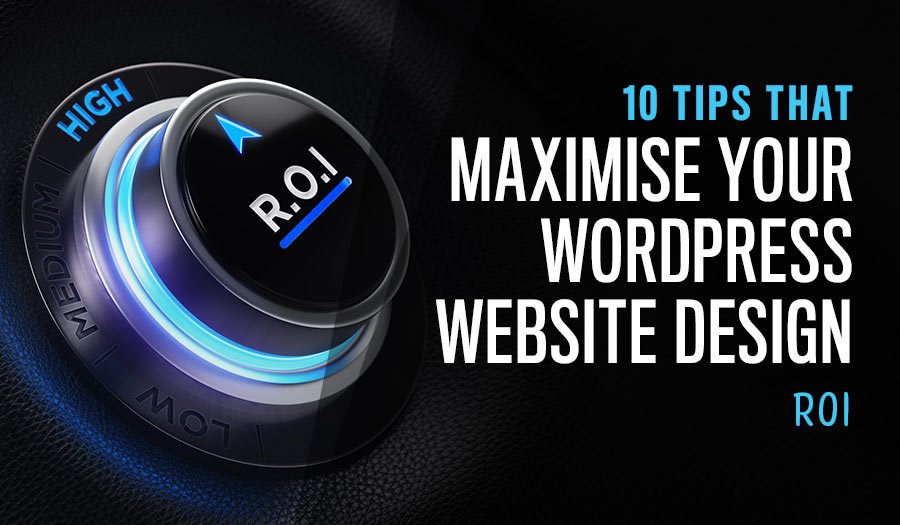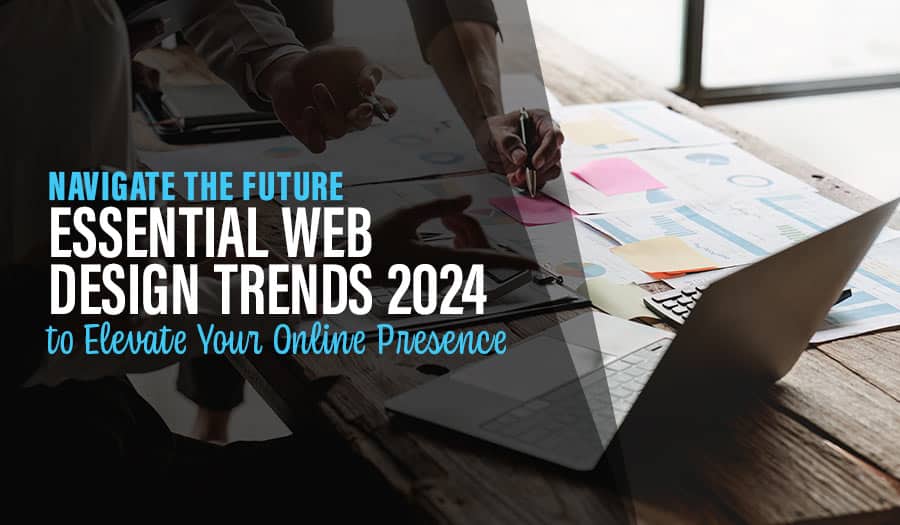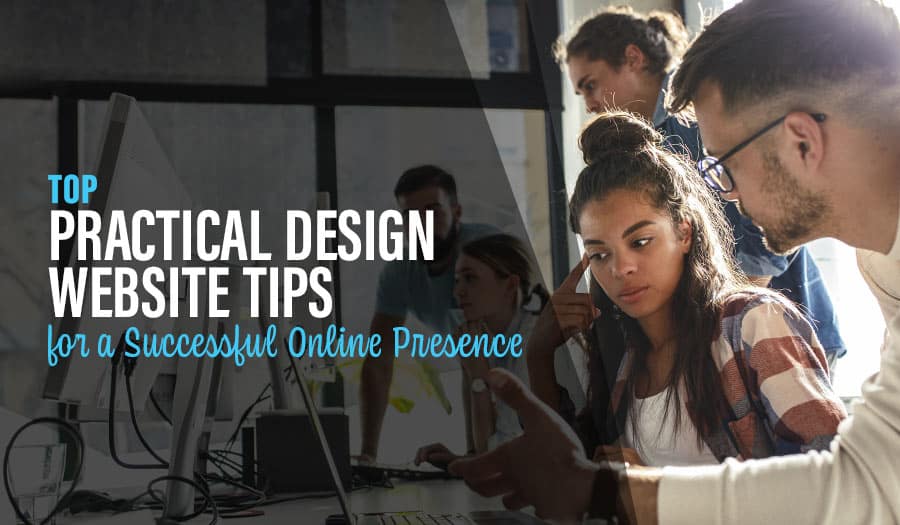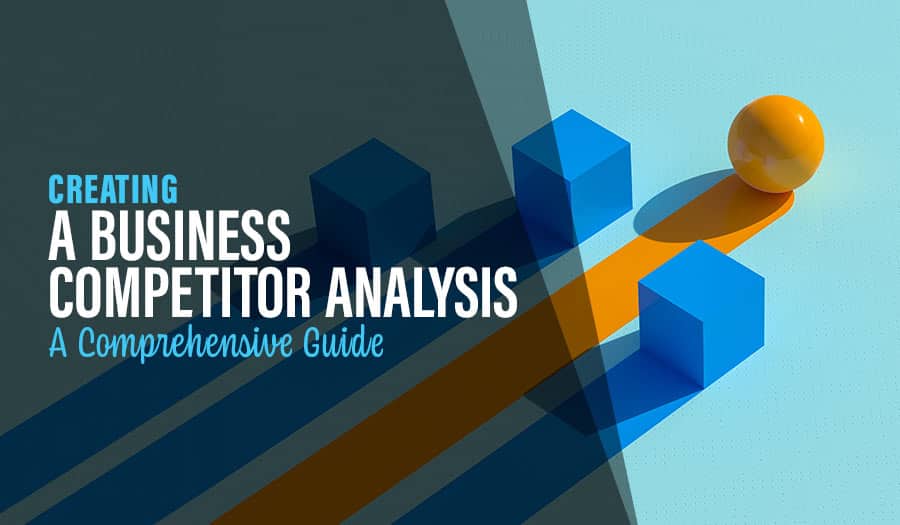A top-notch website is no longer optional in our modern, digital environment. Regardless of the size of your business or your industry, you need that website to attract potential customers, distribute information about your business, and focus your online marketing strategy.
Any website, of course, won’t do. You need a good website that helps you fulfil and achieve your marketing and business goals.
In that quest, an increasing number of businesses have turned to WordPress as their web design engine of choice. The open-source platform comes with a low cost and enough plug-ins and design templates to customise for your needs. But even within that context, you have to be strategic.
The Internet is littered with examples of web design projects gone wrong. You don’t want to invest your resources and time into a website and come out with that type of result. Instead, you need to make sure you maximise your WordPress website design ROI.
So let’s dive in! Maximising the return on investment for your web design project is actually quite simple. You just have to follow a few simple tips, as outlined below.
10 Tips that Maximise Your WordPress Website Design ROI
- Start With Your Business Goals
- Get the Right People Involved
- Focus on the Visitor’s Perspective
- Understand the Industry Context
- Prioritise Function over Beauty
- Emphasise Mobile First
- Build Central Conversion Points
- Get the Content Right
- Avoid Unnecessary Plug-ins
- Find the Right WordPress Website Design Partner
1. Start With Your Business Goals
Maybe the biggest determinant of the success or failure of a business website is its focus. No matter how beautiful it looks, it won’t help you increase your revenue or business growth if it doesn’t align with your business goals. So that’s where you should start.
Take a close look at the goals defined in your business plan. What is your raison d’etre? What would you call a successful business? It could be a combination of any number of things:
- A certain revenue goal you want to hit.
- A specific amount of market share within your industry.
- A societal or community impact you make.
- And much more.
Your website should be a direct reflection of these goals. As you go through the WordPress design process, ensure you have your business goals front and centre, and keep checking your progress and success against them.
2. Get the Right People Involved
Your business might be a one-person show. But if it’s not, one of the biggest considerations in building it should be the group that is involved in making the decisions to get it towards the finish line.
Who in your business will be directly involved with the website? Who is scheduled to maintain it, write new content, and who benefits most from its success? Who makes the decisions related to budget and strategy for your business and marketing as a whole?
These are the people that should be at least in the loop on the web design process. They should make core decisions, sign off on the individual review steps, and help to get the website live. That way, you ensure it’s built for their needs and expectations.
3. Focus on the Visitor’s Perspective
As much as your internal stakeholders’ matter, they’re far from the central audience for your website. That consists of your customers, of course, who will ultimately determine its success or failure on behalf of your business.
This is clear: your website will only be as successful as your audience deems it. They will get to it with very specific expectations. If those expectations are not met or exceeded, they will leave unhappy without contributing to your business goals.
That’s why, as part of your web design project, you must keep the visitor’s perspective focused. A number of tools and techniques help you with that:
- A user journey map that helps you understand how your audience navigates sites like yours.
- Individual user stories that get at their deeper goals and expectations when browsing.
- Audience focus groups and test groups that can check out your website in progress and provide feedback.
4. Understand the Industry Context
No website exists in isolation. All of your direct and indirect competitors have an online presence that your audience may or may not be aware of. That’s why part of this process should include a comprehensive competitive analysis.
This type of analysis helps your ROI because you understand not just the baseline of expectations your audience will carry to you but also points of weakness from your competitors that you can pounce on. As you eventually build your site, you’ll know exactly how you can make your own site unique and fulfil those blind spots that your competition has not achieved.
5. Prioritise Function over Beauty
Yes, we all want a beautiful website. And make no mistake: it certainly shouldn’t be ugly. But here’s a simple tip for ROI: the right websites almost always prioritise function first and foremost.
As mentioned above, the site needs to achieve your business goals. If it doesn’t, the beauty of the design or the prose won’t much matter. You have to tell your audience what they want to hear and what they need to hear to become leads, customers, and brand loyalists.
This step sounds simple, but it’s actually quite tricky to achieve. That’s because we all tend towards beautiful designs. That’s perfectly fine, as long as you’re not blinded by it. Put function first, and the chances of a positive return on your website investment will increase drastically.
6. Emphasise Mobile First
Speaking of prioritising: going into 2021, ensuring mobile-friendliness for your website is no longer enough. Instead, today’s most successful websites put mobile first, seeking to get ahead of the constant (and increasingly urgent) trend toward mobile Internet browsing.
The stats are everywhere. Mobile e-commerce has overtaken desktop-based online shopping. Google is adding new algorithms designed to prioritise mobile. And of course, internet traffic from mobile devices now make up the majority of total traffic.
Is your website prepared for these trends? If not, you might not be able to meet your audience where they are, reducing your conversion and ROI chances. From the start of your website design process, mobile has to be an important priority.
7. Build Central Conversion Points
Let’s talk conversions. You need more than a website that just acts as your online billboard. Instead, you need an online presence that drives your users through your sales funnel, from first awareness all the way to becoming customers.
Those steps, of course, are only possible with central conversion points throughout your website. That might be a strategically placed ‘Learn More’ button or a simple ‘contact us’ form. But of course, you can also go deeper.
For e-commerce merchants, the product pages are conversion points in their own right. Other businesses rely on email newsletters or so-called gated content (free premium content, but behind a sign-up page) to gather lead information. The specifics depend on your industry and audience, but your website should be designed to funnel your audience towards these conversion points.
8. Get the Content Right
In 2020, website and content are almost indistinguishable. One cannot exist without the other. The content on your site needs to accomplish a few core goals:
- Introduce your business to audiences just hearing about it for the first time.
- Establish your brand by highlighting what makes you unique, and hitting just the right tone and voice.
- Offer value to your audience, through blog posts or the above-mentioned gated content, that keeps your audience coming back.
- Leverage your content to drive towards your central conversion points.
That can be tricky to achieve all at once. There’s a reason that content marketing is an entire field in its own right. But still, you have to get it right. Make sure you don’t forget about the content as you build your site.
9. Avoid Unnecessary Plug-ins
WordPress is well-known for its many plug-ins, designed to help DIY builders customise their website. They all sound great, and many of them function well as well. However, used the wrong way, they can become a significant burden that actually reduce your website’s chances at generating positive ROI.
That’s for a few reasons:
- Every added plug-in complicates your code, and slows down your website as a result. That leads to more unhappy visitors and fewer conversions.
- Some plug-ins come with security concerns. A vulnerable website certainly won’t lead to positive return on investment.
- Some plug-ins receive little to no technical support. If they stop working, you’re on your own, and your website won’t function as well.
There are definitely some plug-ins that work. But you have to pick them strategically to ensure they help, not hurt your business.
10. Find the Right WordPress Website Design Partner
Finally, the best way to ensure you get a positive WordPress website design ROI is to avoid building the site yourself. Instead, choose a reliable partner that can help you with all the above, building an online presence sure to help your business grow.
Of course, you need a partner who understands your industry, is willing to learn about your company, and knows WordPress inside and out. We could be that partner for you. Contact us today to learn more about PixelFish, our experience with WordPress websites, and how we can turn yours into an ROI-generating machine.
Speak to the WordPress experts and take your business to the next level with a Pixel Fish Website.
Check out some of our latest Website Design projects.
Further Reading
10 Top Reasons to use Gravity Forms
8 Social Media Plugins for Your WordPress Website
Website platform review: Wix vs WordPress – Which is right for you?
Read More
5 Ways Your Website Can Add Value to Your Business
Understanding the Importance of Website Maintenance
How to Create a Great First Impression in Business
Harness The Power Of Listening To Your Customers
Why your business needs to embrace WordPress for Web Design
5 Reasons to Regularly Review Your Business Website
10 Best Practices for a Successful WordPress Website Design Project
Using Analytics to Prove Your Marketing Strategy ROI
How to Maximise your WordPress Website SEO
How to Measure the ROI of your Website
More bang for your buck: How to maximise profit from your online store
What Essential WordPress Website Elements Are Missing from Your Website?



